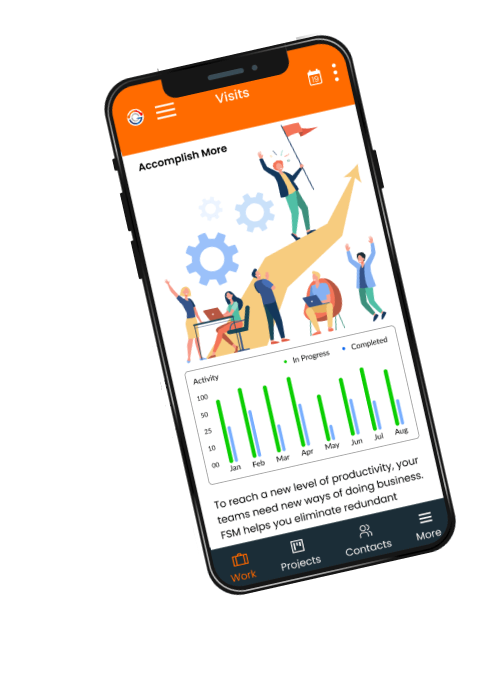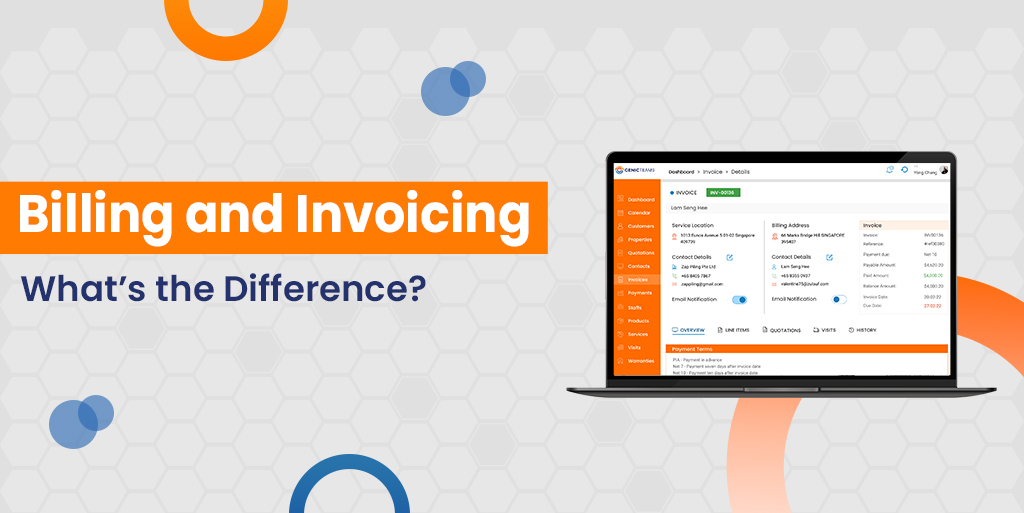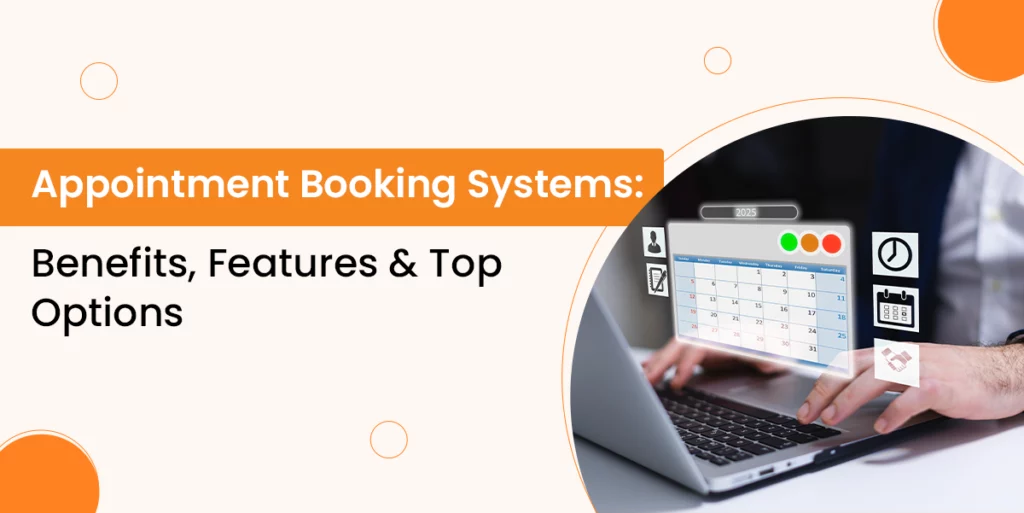In daily business, people often use the terms billing and invoicing as if they mean the same thing, but they don’t. It’s commonto ask, “Are invoice and bill the same?” Knowing the difference between a bill and an invoice helps you track payments, keep records neat and talk clearly with your customers.
Even though both ask for money, they work in different ways and show up in different places. Businesses often use billing when they serve regular customers, like in shops or for monthly services. Invoicing usually happens between two businesses when they trade goods or complete big projects.
In this blog, we’ll walk through what billing and invoicing really mean, spot the differences, look at real-life examples and show how tools like Genic Teams Billing and Invoicing Software make the whole process quick and smooth.
What is Billing?
Billing means a business tells a customer how much they owe for something they bought or used. People often get bills for things like phone plans, streaming services or electricity. These bills usually come every month and include simple information like how much to pay, what it’s for and when it’s due.
Bills don’t get into many details. Instead, they give a quick and easy message. That’s why people often see bills in restaurants, stores and other places where payments happen often.
Billing acts like a clear reminder. It asks for payment in a simple way without adding too much extra information.
What is Invoicing?
Invoicing happens when one business asks another to pay after a job is done or goods are delivered. Unlike a bill, an invoice shares more information. It lists what was done, how long it took, what each part cost, and when payment should arrive.
Invoices help both sides keep their records neat and clear. They often show up in deals between companies, also called B2B. People like builders, designers, and suppliers use invoices to explain the work they completed.
While both invoices and bills ask for money, they work differently. Invoices carry more details and fit bigger or more important jobs, making them key for business.
Billing vs. Invoicing: Key Differences
Although billing and invoicing both serve the purpose of requesting payment, they differ significantly in how they are structured, when they are used and who they are intended for. The table below outlines the key differences to help you clearly understand the role each plays in business finance:
| Aspect | Billing | Invoicing |
| Purpose | To request payment, often for recurring or immediate transactions. | To provide a detailed, formal request for payment, typically post-delivery. |
| Level of Detail | Includes basic information such as the amount due and the due date. | Offers a comprehensive breakdown including itemised charges and terms. |
| Timing | Commonly issued on a recurring basis (e.g., monthly subscriptions). | Typically sent after goods or services have been delivered. |
| Recipient | Generally used in B2C (Business-to-Consumer) transactions. | Predominantly used in B2B (Business-to-Business) interactions. |
| Issuing Department | Often managed by sales or customer service teams. | Usually handled by the accounting or finance department. |
| Formality | Less formal, more transactional in nature. | More formal, serving as a legal financial document. |
Some Examples to Understand Better
To better grasp the difference between a bill and an invoice, let’s look at how each works in real-life business scenarios. These scenarios help highlight how each document is used in practice.
Billing Examples
Imagine you’re dining at a restaurant. After your meal, the server hands you a bill that lists the items you ordered and the total amount due. You typically settle it immediately. This is a common example of billing, which is a quick and simple request for payment.
Another example is a subscription service like Netflix or Spotify. Every month, they send a bill for a fixed amount. You’re not charged based on what you watched—just a standard fee. This is known as recurring billing and is widely used in consumer services.
Invoicing Examples
Now, consider a freelance illustrator who designs a company logo. After completing the work, they send an invoice detailing the hours worked, the hourly rate and any additional charges. This document ensures the client knows exactly what they are paying for.
In another scenario, a toy manufacturer delivers 500 units to a retailer. Instead of just asking for payment, they send an invoice that includes itemised pricing, total cost and payment terms. This type of detailed document is standard in B2B transactions.
These examples show that invoice and bill are the same only in purpose but not in format or function. Each plays a unique role in business operations.
How Genic Teams Billing and Invoicing Software Automates the Process?
Making bills and invoices by hand takes a lot of time and can lead to mistakes. That’s why Genic Teams Billing and Invoicing Software can help. It speeds up the job and makes it easier for businesses to stay on track and get things right.
The software connects smoothly with your sales and customer tools, so you don’t have to type the same thing twice. It also lets you shape and style your bills and invoices so they always look clean, clear and match your brand.
If you run a gym or a digital service, Genic Teams can build and send bills again and again automatically. Just set it up once, and the system takes over from there.
When you finish a job or project, you can get a full invoice with one click. The software then tracks who paid, nudges customers with reminders, and shows updates right away. It even handles taxes and switches between different currencies so you can work locally or globally with no trouble.
No matter if your business is big or small, Genic Teams help you to manage billing and invoicing with speed, ease and confidence. It’s the best tool to help you understand invoice vs bill with less effort and no stress.
Significant Findings
Billing and invoicing may seem similar, but they have different roles in business finance. A bill is usually quick and simple, used for immediate or recurring payments, especially in consumer services. An invoice is more formal and detailed, often used between businesses. Knowing the difference between a bill and an invoice helps to avoid confusion and improve your workflow.
Knowing the invoice vs bill distinction can improve your business operations and professional image. With tools like Genic Teams Billing and Invoicing Software, you can automate both processes, save time and reduce errors.









